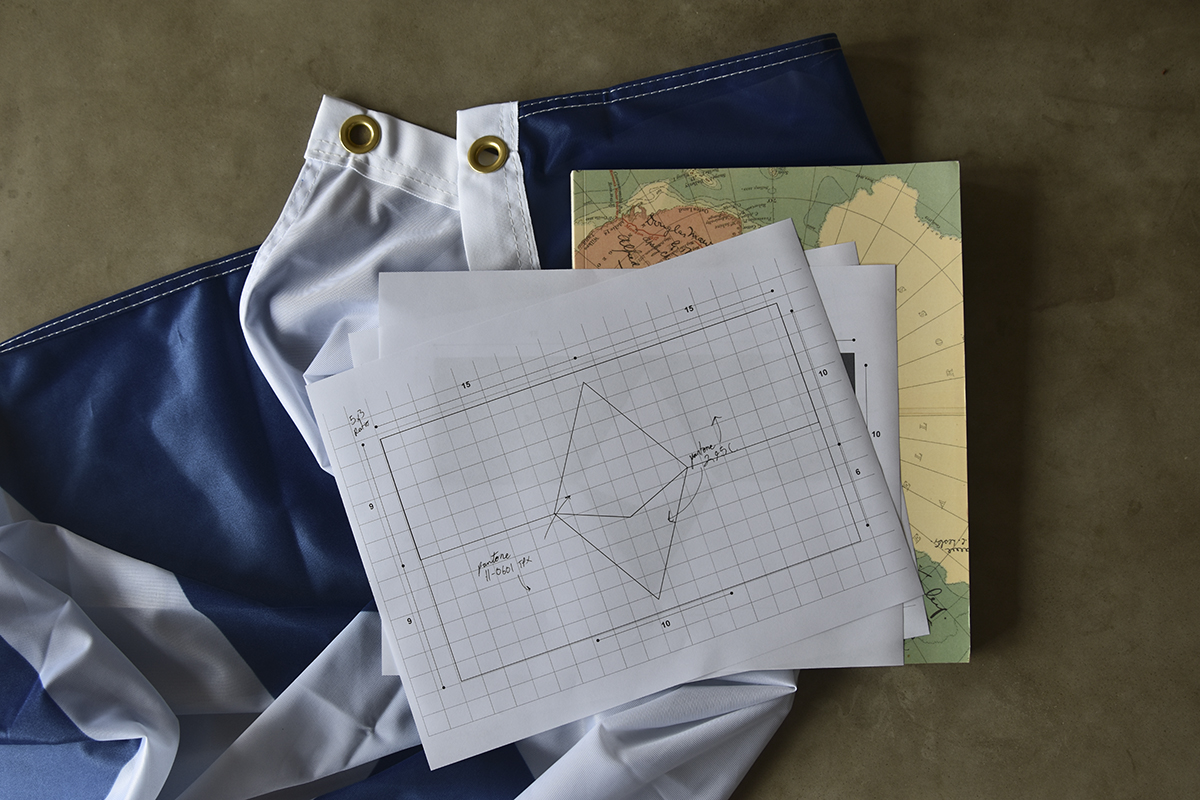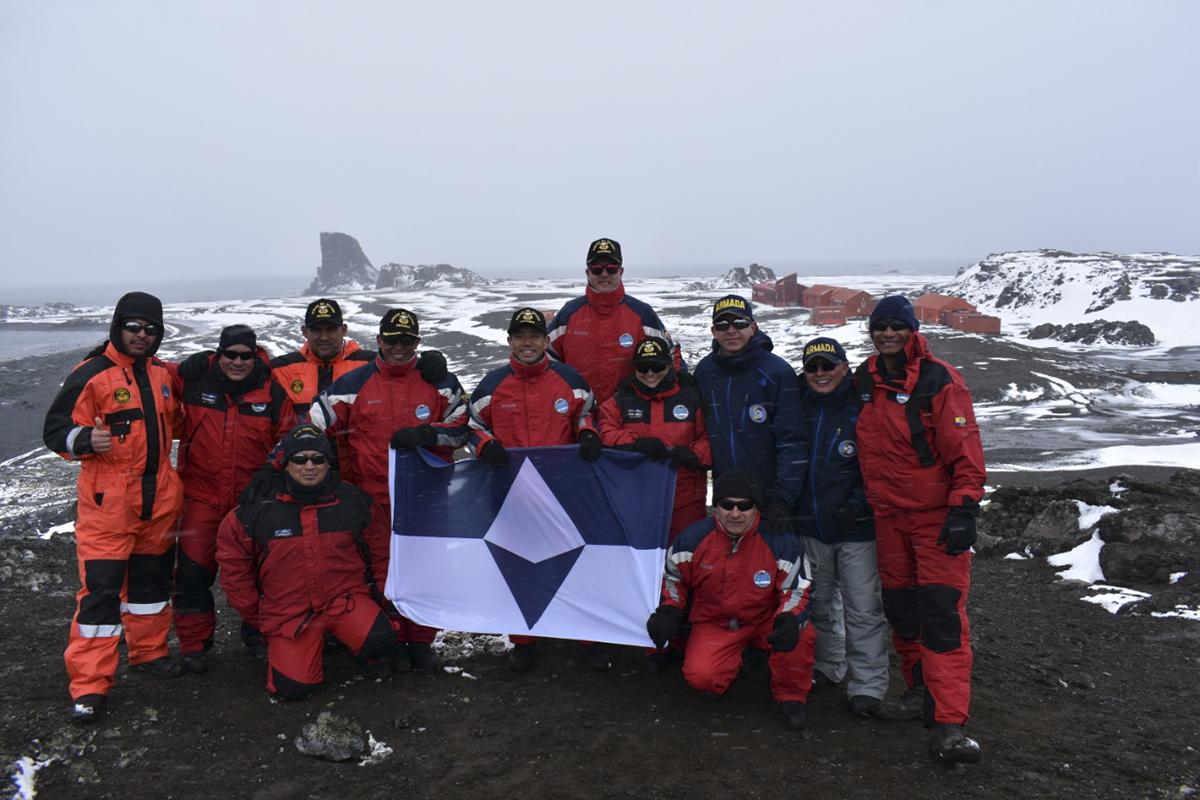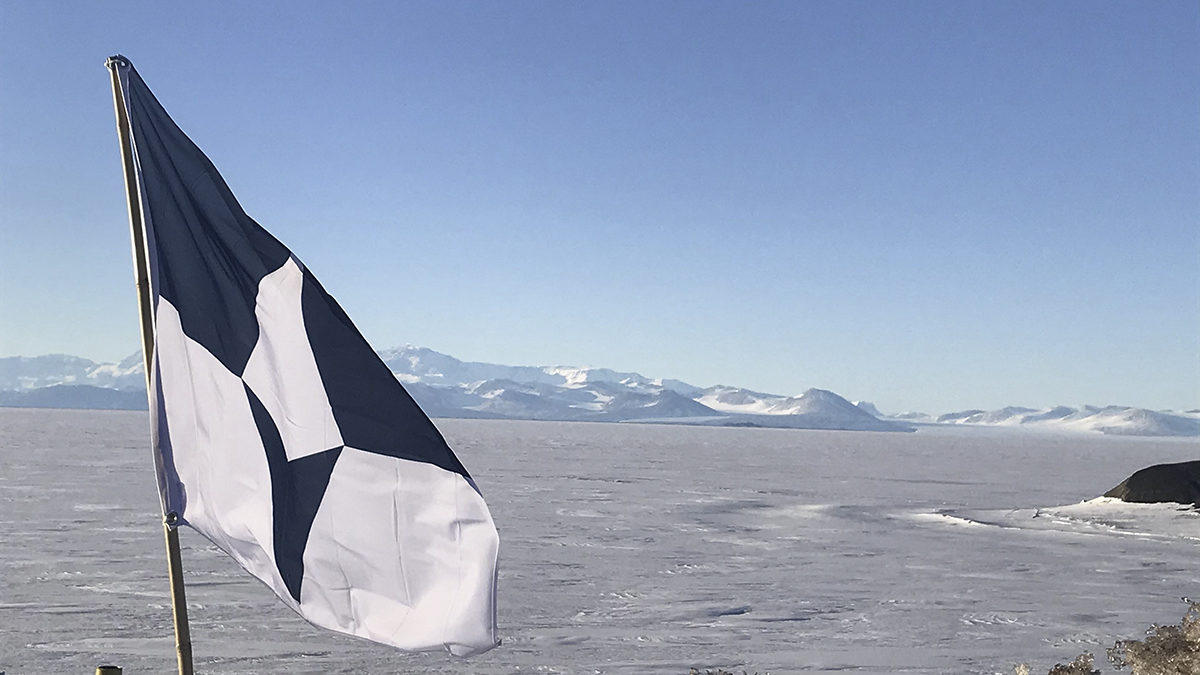
TRUE SOUTH, a new flag for Antarctica’s conservation
If we look at flags as simple objects, they are nothing more than a piece of dyed fabric, but when we think about the value that this fabric had (and still has), the topic becomes very interesting. As a matter of fact, a flag is not just a symbol, but a tool: from the Nazi flag to the American one, this simple piece of fabric can become a weapon, a symbol of division, it could encourage to kill. Likewise, a flag can also lead to positive change, an idea of unity and inclusion, or even to shape the conservation of a continent. This is the main idea behind True South, the result of an international effort to promote cooperation and bring greater attention to the value and vulnerability of Antarctica.
For the first time in history, national Antarctic programs, expedition teams, and other organizations from around the world have adopted a flag for Antarctica. We are talking about one of the harshest and most isolated continents on the planet. It has no permanent human population, and only a few thousand people travel there each year. It was this fact that inspired science support contractor Evan Townsend to design True South while living in Antarctica during the winter of 2018.
c
c
“The future of Antarctica is dependent on human action, but so few people get to experience it firsthand,” said Townsend. “I wanted to design something that would invite people to care about the continent, a way for them to feel connected to it.”
The flag is composed of two stripes which represent the long nights and long days on the continent. In the top-center of the flag is a white peak representing mountains and icebergs, and below is a compass arrow pointing south. Together the two shapes form a diamond, which represents the hope that Antarctica will continue to be a place of peace and discovery for generations to come.
There have been proposals for flags of Antarctica in the past, but none were ever formally adopted. Even the most prominent of these designs, the Graham Bartram proposal, was not frequently used on or off the continent. Although it currently serves as the Antarctic flag emoji on all supported platforms, many people in the Antarctic community felt the silhouette of the continent did not make an effective flag. Among their chief complaints was that the flag doesn’t reflect the large and frequent changes in the continent’s ice shelf. “The future of this continent depends on humans, which is why we need a flag not just for a landmass, but for a people and a community.” said Townsend.
Dr. Joann Peck, Associate Professor of Marketing at the University of Wisconsin-Madison School of Business, researches how feelings of connection can improve the conservation of shared spaces. She agrees that having a flag that people feel welcome to fly could prove critical in the effort to preserve the continent. “Reminding people that it is their continent and their flag will be an effective way to increase psychological ownership, and this will pay off in terms of stewardship of the valuable resource of Antarctica,” said Peck.
Although True South has proven popular within the Antarctic community, it is still in its earliest stages. Adoption is not yet universal among the countries operating on the continent, but supporters of the flag are optimistic its nonpolitical message of cooperation and conservation will continue to resonate across the globe.
“We hold the power to protect our future by discovering our past in this unique continent which is devoted to science and peace,” said Dr. Burcu Ozsoy, Director of the Polar Research Institute at the Scientific and Technological Research Council of Turkey, Marmara Research Center. “Leaving our differences aside, let’s unite under the True South flag in order to explore Antarctica with science while protecting and promoting its unique beauty and nature.”
True South is a very interesting project that reminds us of the value of communication and design: sometimes, a small, clever, well-designed object can really make a huge difference. Visit True South to know more about the flag and the conservation of Antarctica!
c
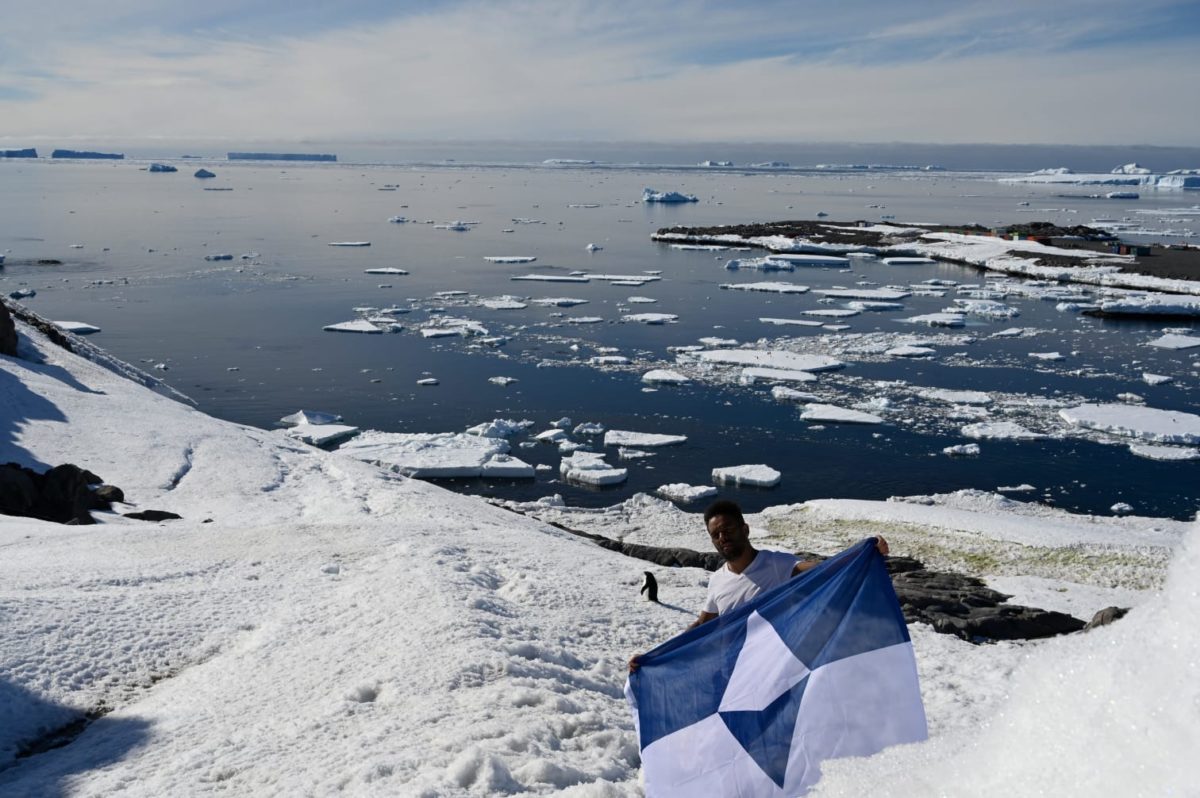
Ph. Credits: Wenceslas Marie Sainte 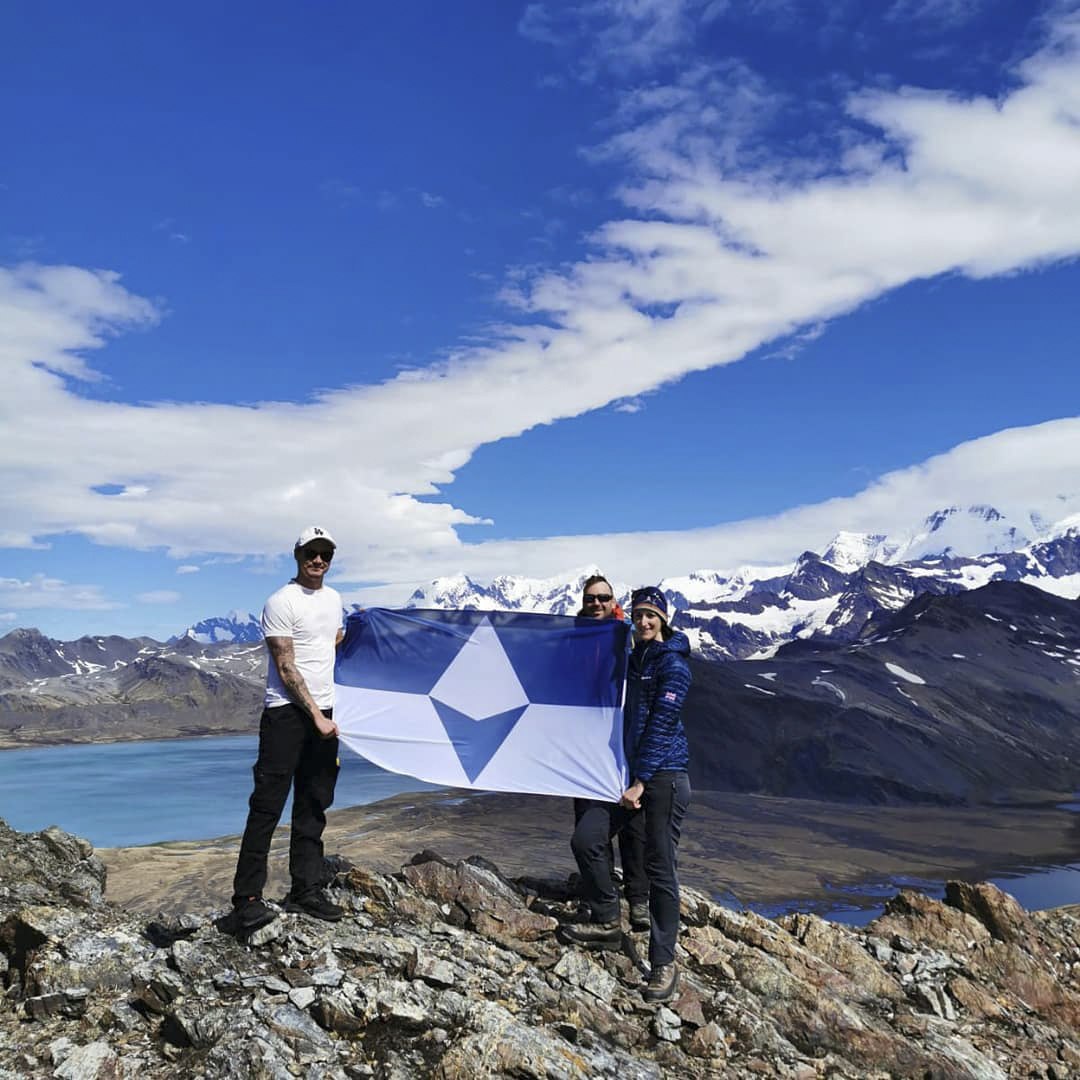
Ph. Credits: Vicki Foster 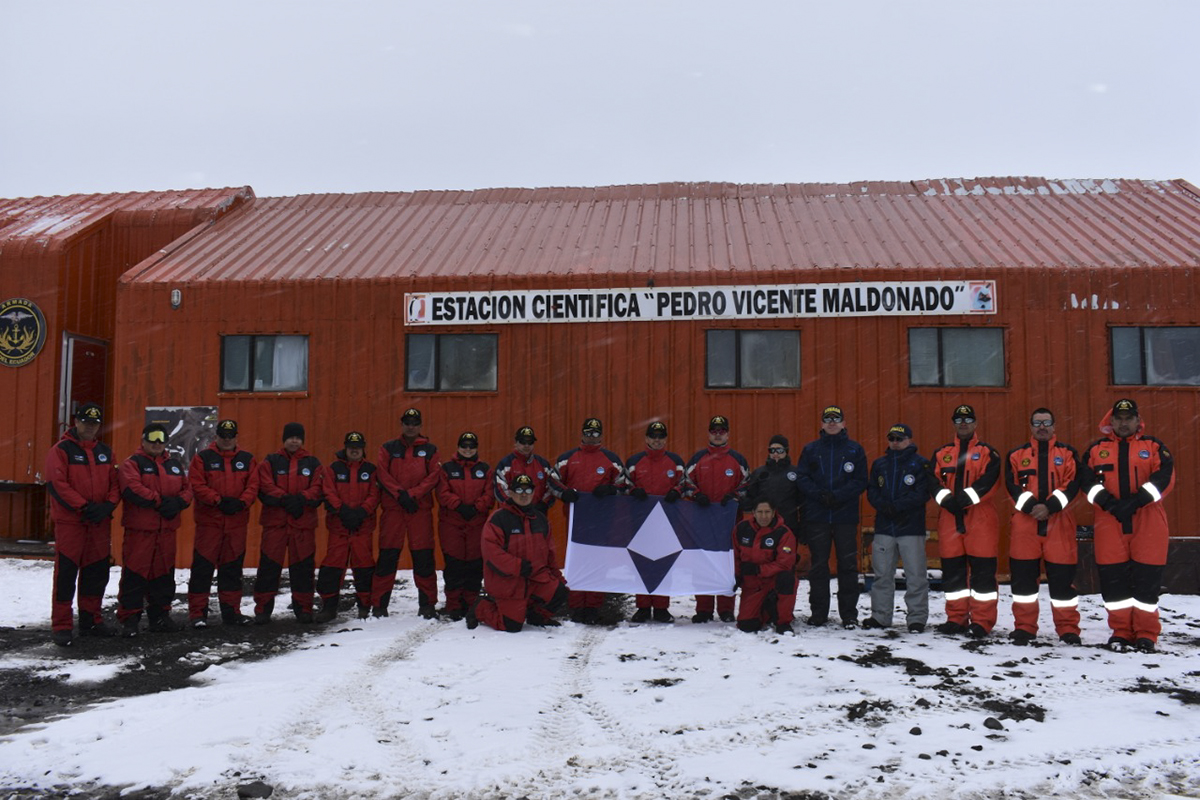
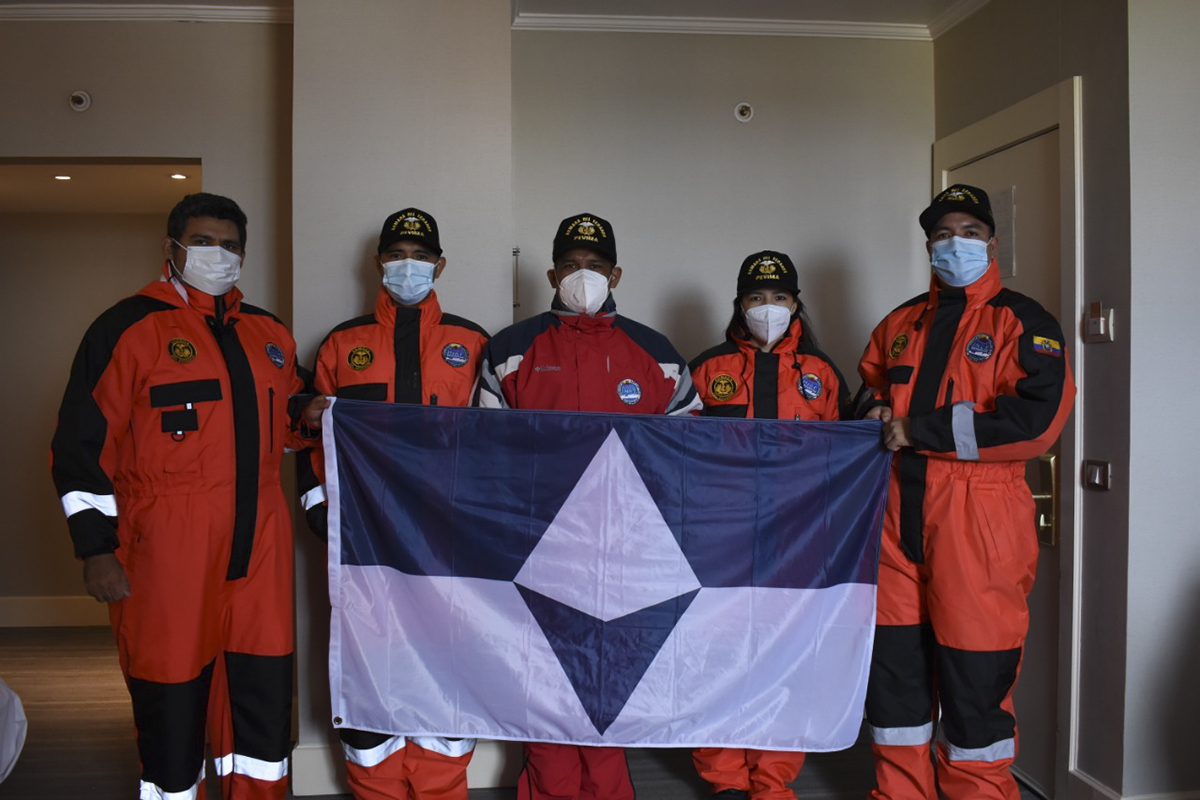
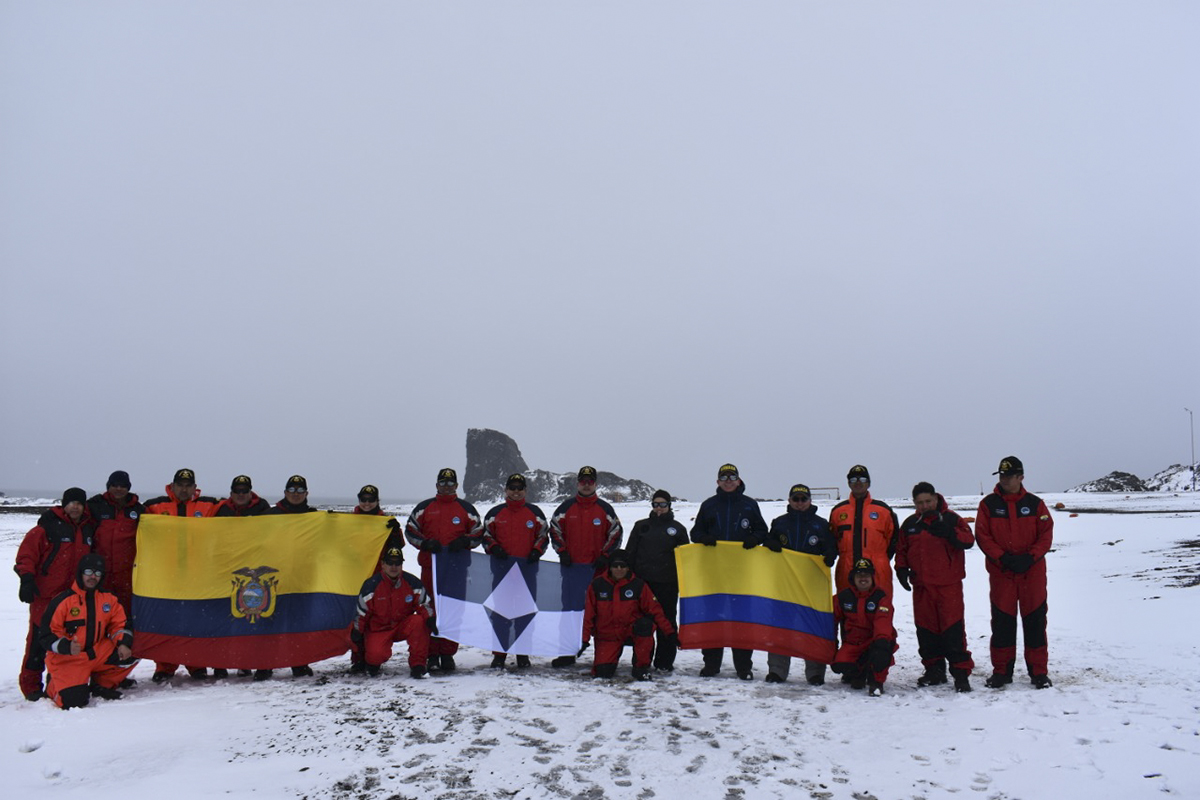
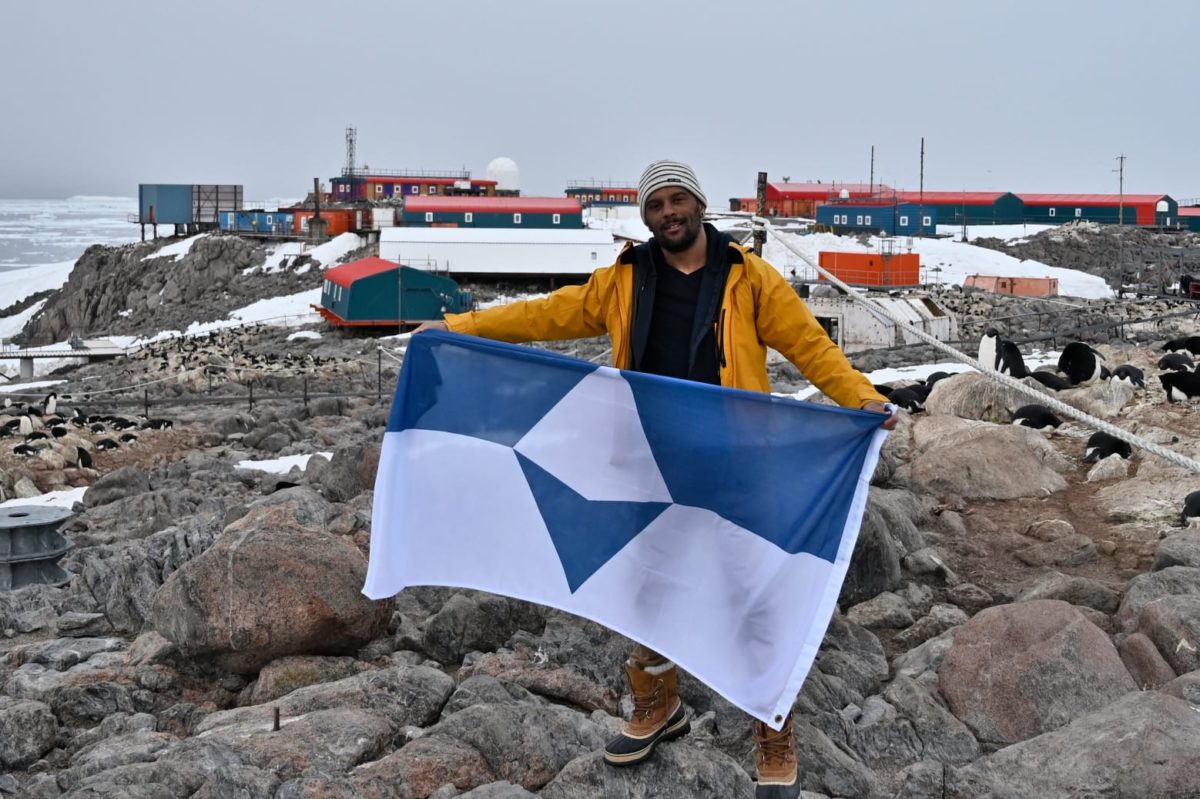
Ph. Credits: Celas 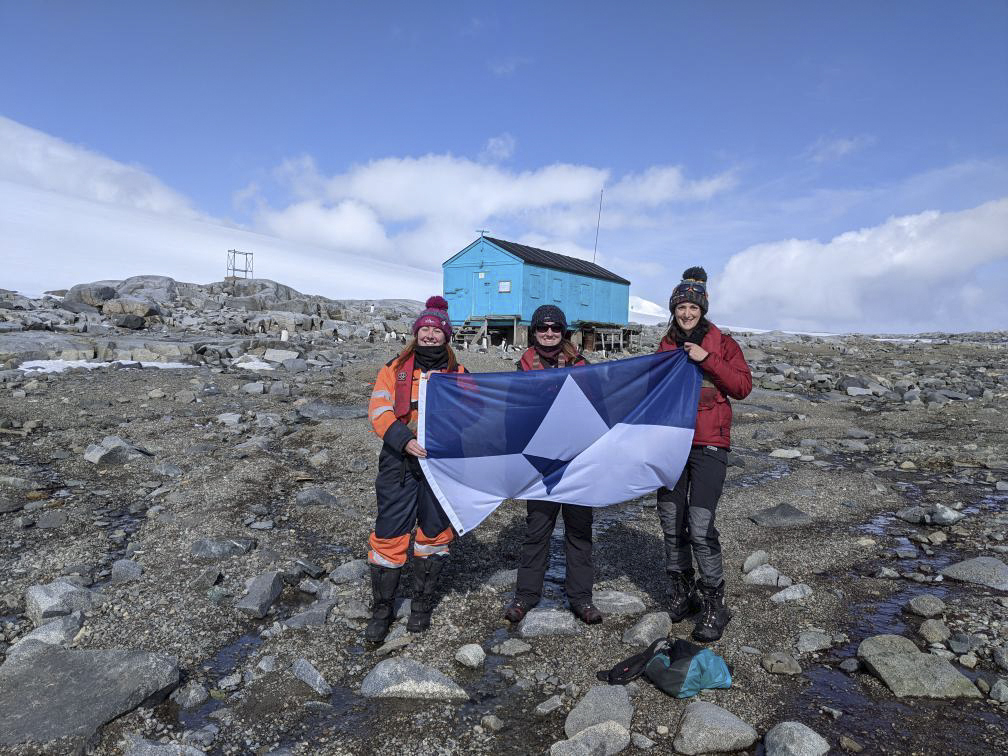
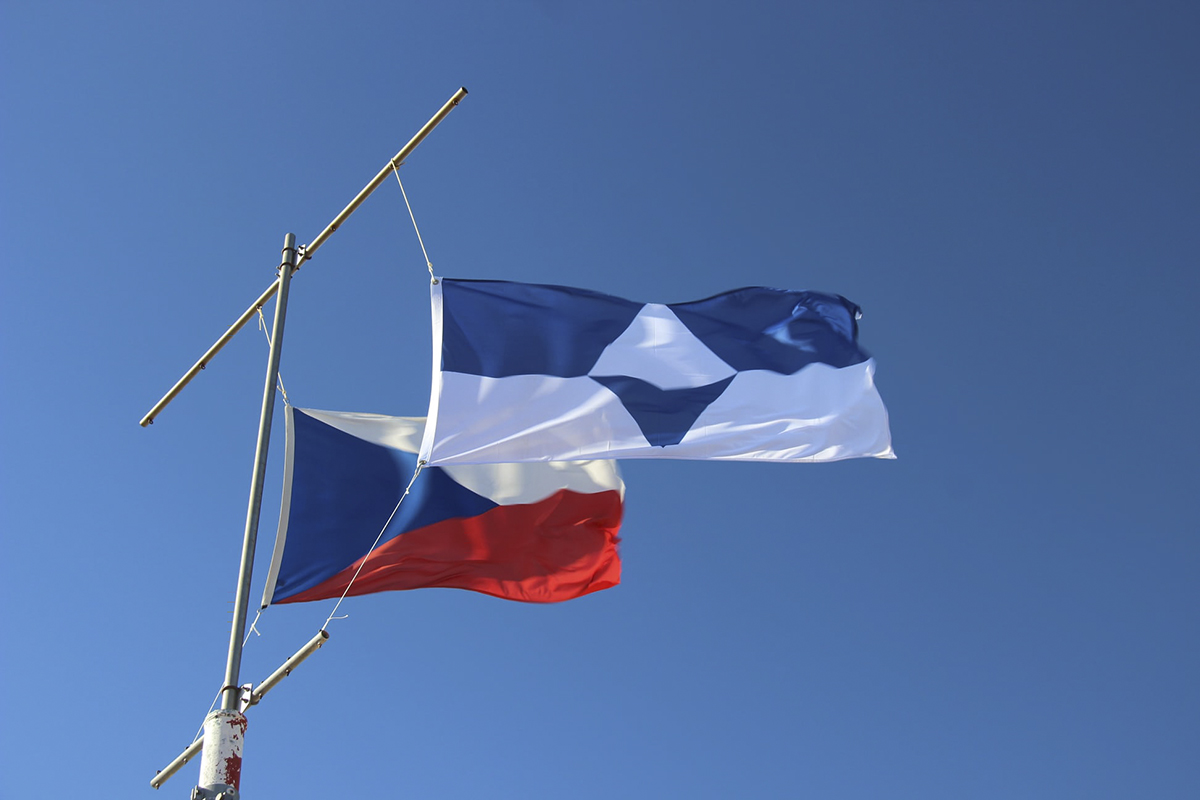
Ph. Credits:Jana Smolíková 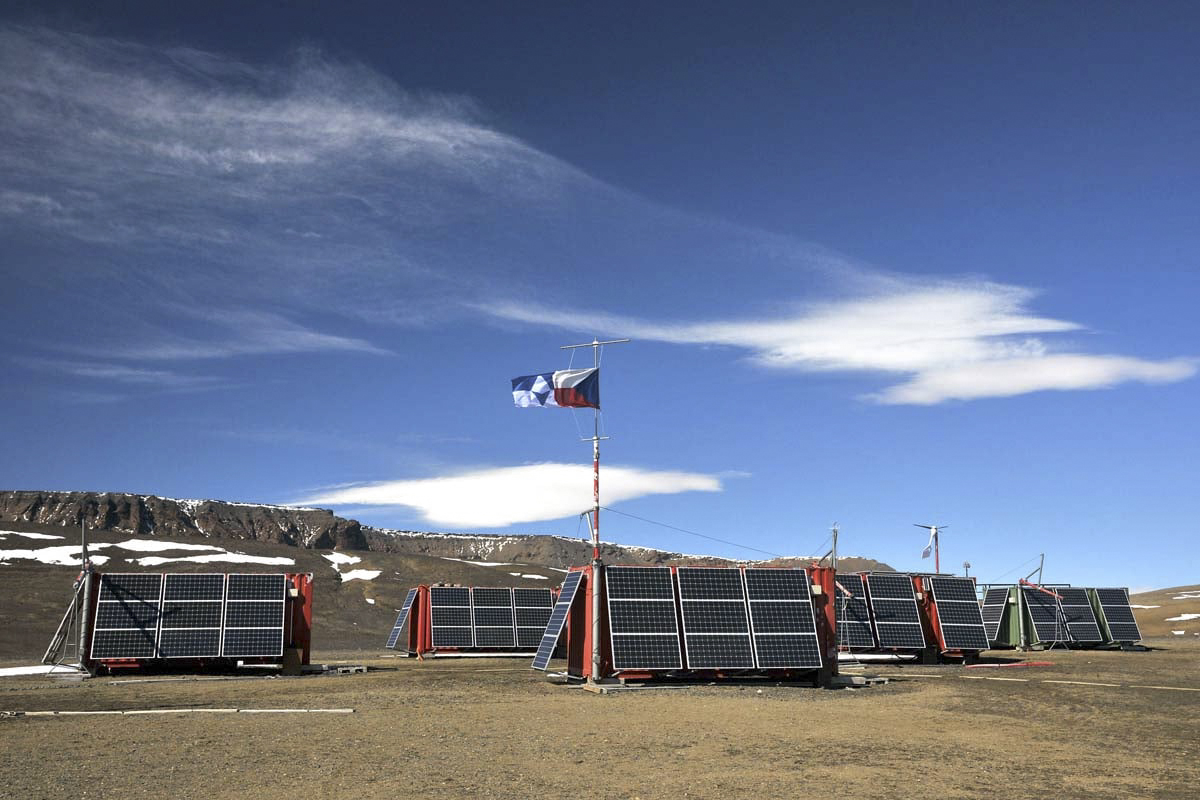
Ph. Credits: Kamil Láska 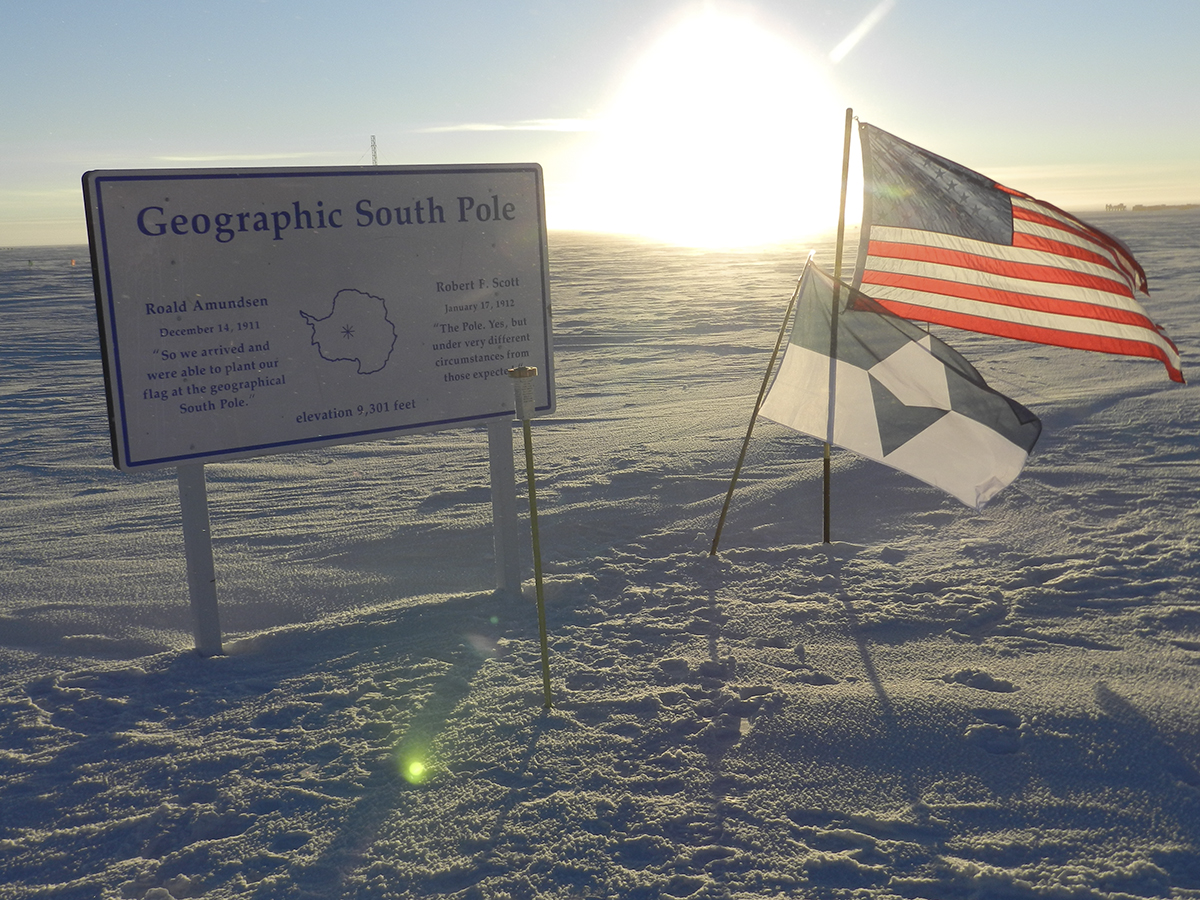
Ph. Credits: Lisa Minelli 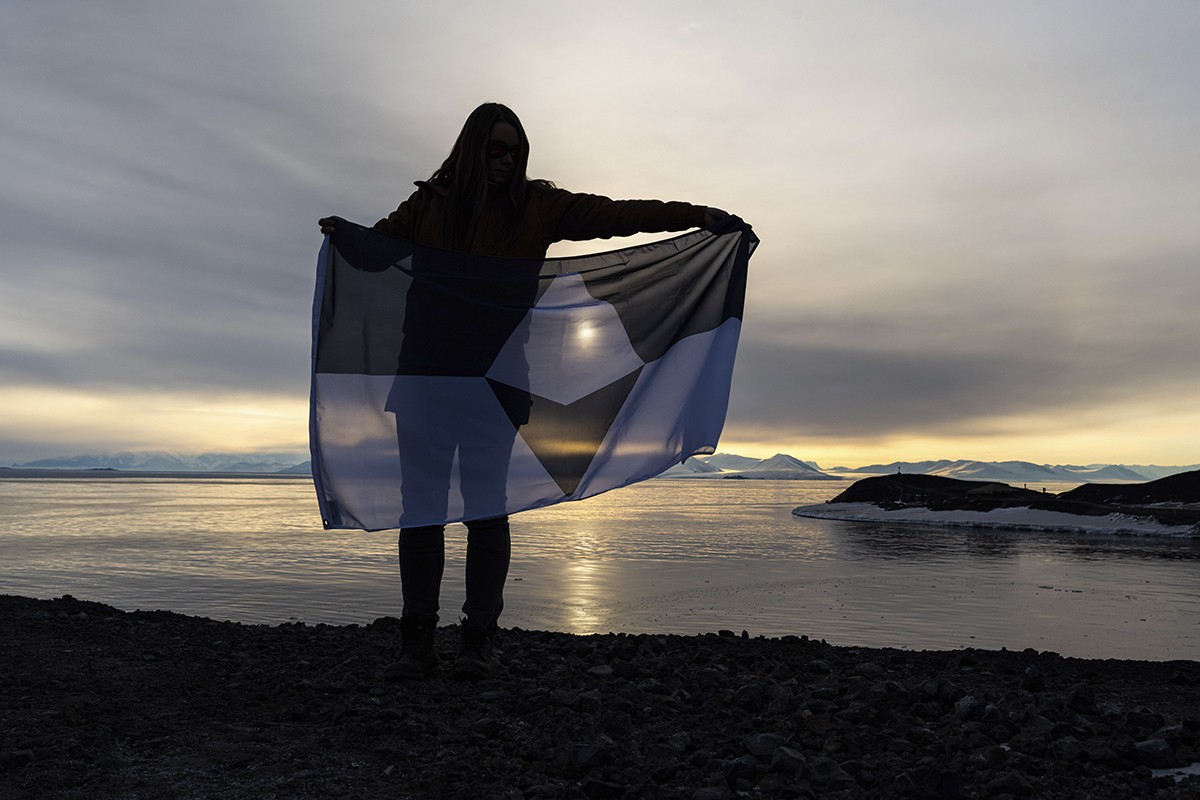
Ph. Credits: Stephen Allinger 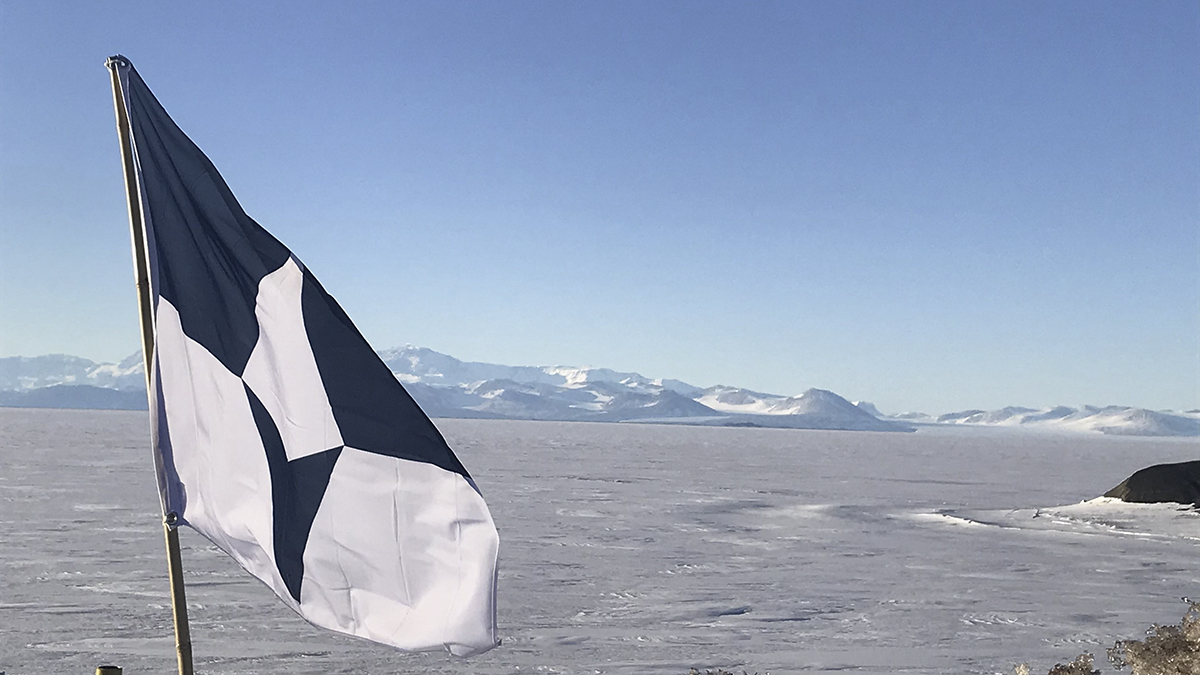
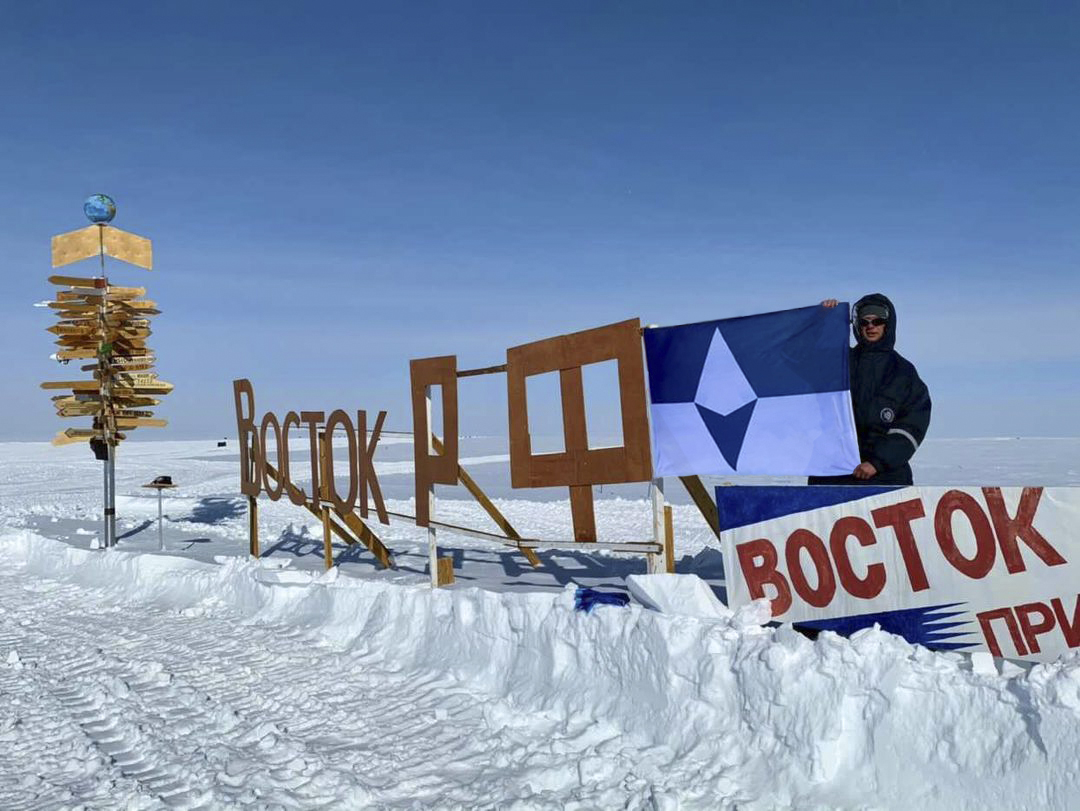
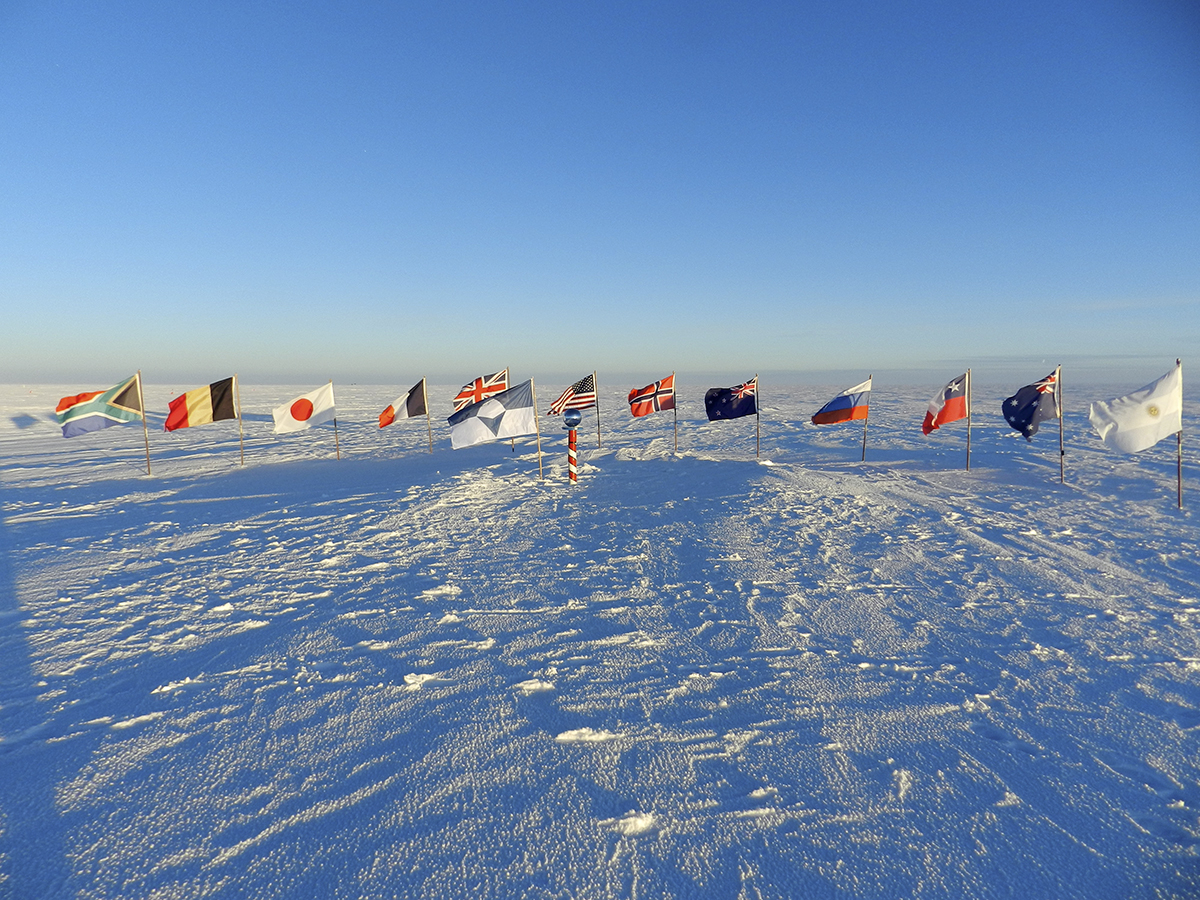
Ph. Credits: Lisa Minelli 

